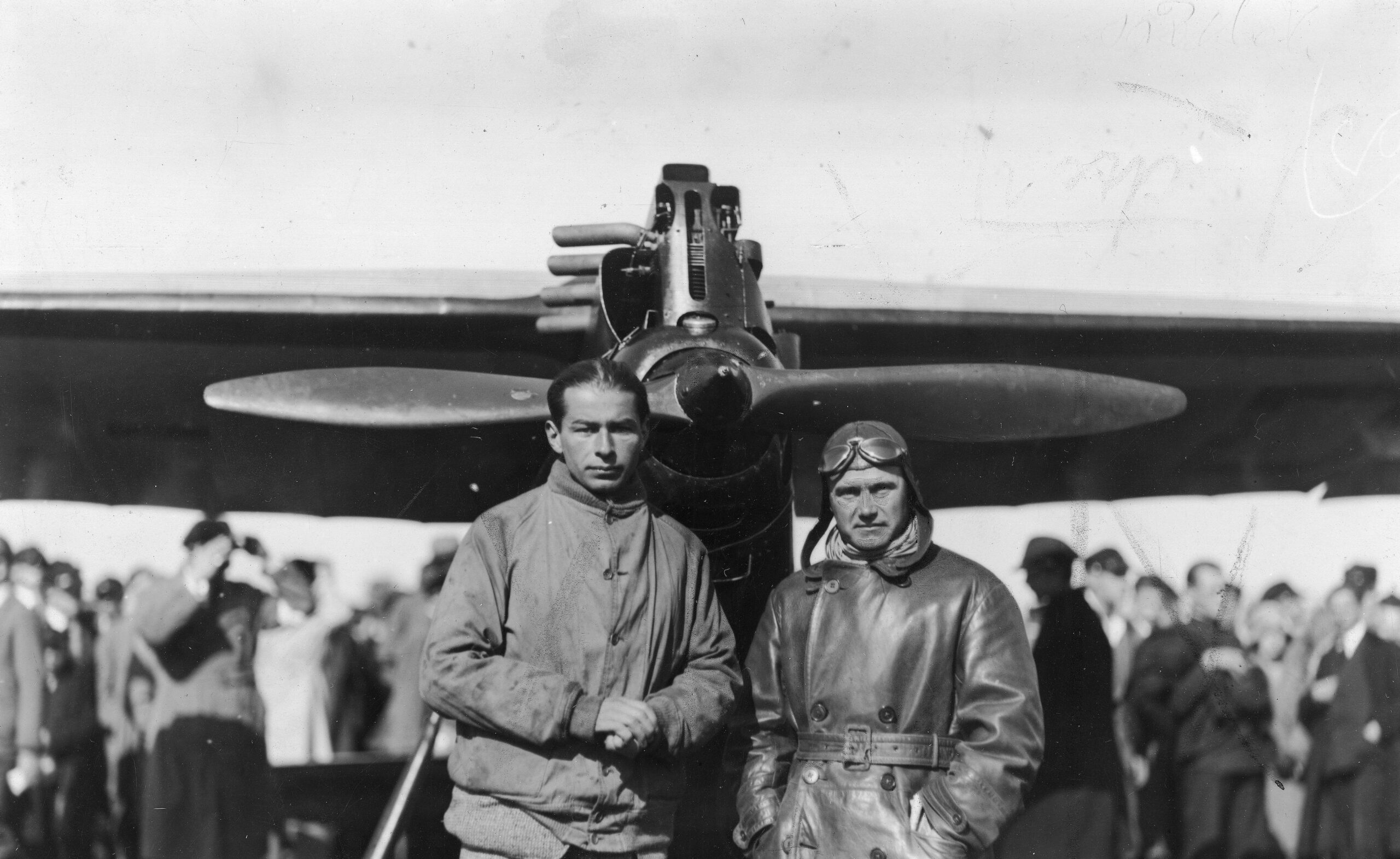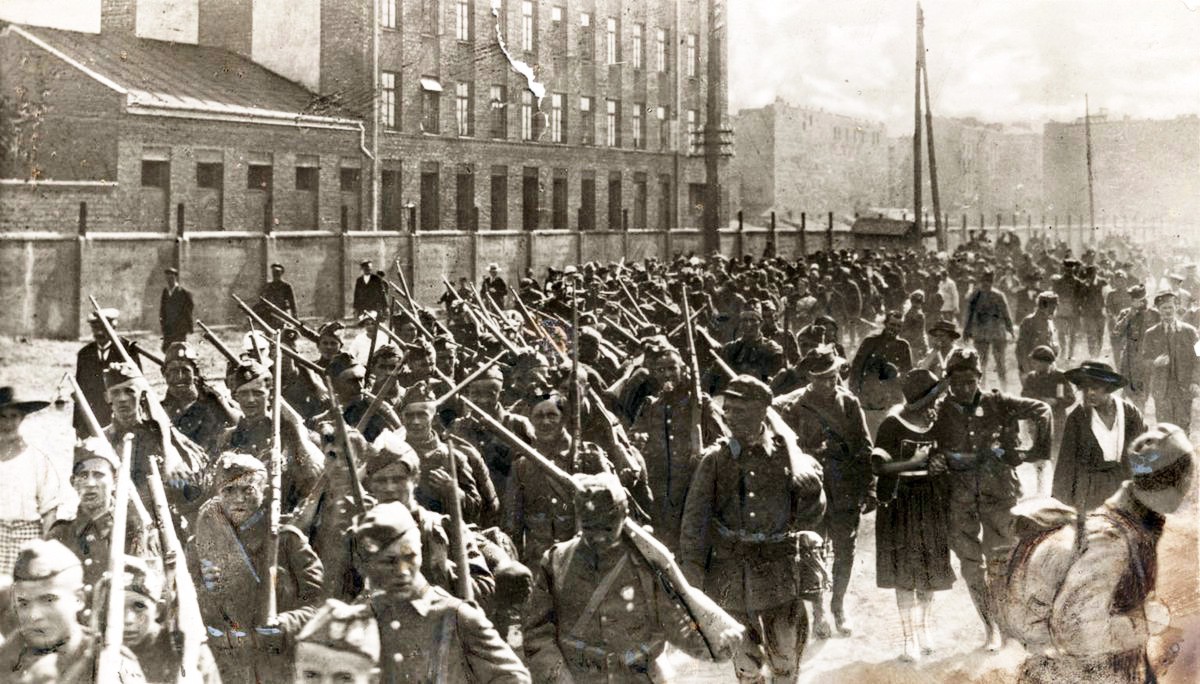Pilot Franciszek Żwirko and designer Stanisław Wigura won Challenge 1932 in Berlin, the world’s most important sports aviation competition and became national heroes. Then, just a dozen days after their success, they both died in a plane crash on 11 September 1932.
by Piotr Bejrowski
Franciszek Żwirko, the oldest of the pair, was born on 16 September 1895 in Święciany in the Vilnius Region. During the First World War, he served in the Russian army. After graduating from army officer school in Irkutsk, he served in the infantry with the rank of lieutenant. In 1917, he joined the General Dowbor-Muśnicki corps that were formed after the overthrow of Poland’s tsarist regime. After demobilization, he joined the volunteer army and fought in the Russian Civil War against the Bolsheviks. Then Żwirko completed an aviation course and, when he arrived in Poland in 1921, joined the aviation service. After graduating from the Higher School of Pilots in Grudziądz, he began his service in a fighter regiment as a lieutenant pilot. At that time, he took up sport aviation, which had begun to develop during the interwar period. He was very successful. Two years later, Żwirko set the world altitude record in his class (4004 meters) in the RWD-2 aircraft. In 1931, in the RWD-7, he achieved an even better result, reaching 5996 meters. Żwirko was also a pioneer of night flights in the Polish army and served as an instructor at the Aviation Officers Training Center in Dęblin.
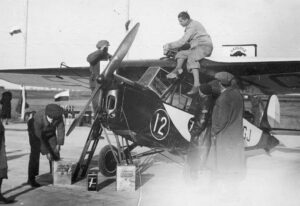
In 1929, Żwirko met Stanisław Wigura, born in 1903, at the Academic Aero Club of Warsaw. The younger airman was then a student of the Warsaw University of Technology, a member of the RWD team and well-known as one of the designers of the RWD-1. Żwirko was the first pilot to fly the new RWD-2. Together they flew all over Europe in this plane, covering several thousand kilometers, and even landing, for example, in Berlin, Paris and Barcelona. In 1930, the aviators took part in the prestigious International Touring Competition for tourist aircraft, known as the Challenge. However, they did not finish this first attempt at the competition due to engine failure. Nevertheless, during this period, the duo had no equal in Poland and undoubtedly belonged to Europe’s aviation elite.
With a view to competing in the next Challenge, the RWD engineers (the abbreviation comes from the first letters of the designers’ surnames) consisting of Stanisław Rogalski, Wigura and Jerzy Drzewiecki, constructed the RWD-6. It had a 140 hp engine, wings made of wood, and a fuselage welded from steel pipes, tied with wire, and covered with cloth. Its top speed exceeded 225 km/h. The wingspan was 11 meters and the length of the plane was 6.6 meters. A140 liter fuel tank was placed in the wings allowing it to stay in the air for about 3.5 hours, and giving it a range of about 650 kilometers. Its on-board equipment included, among others, a revolution counter, an oil thermometer, an oil pressure gauge, two compasses, an inclinometer and an instrument for flying in fog and at night.
The largest sport aviation event was held in August 1932.German crews had already won this competition organized under the aegis of the International Aviation Organization (FAI) twice in a row already. This time, the Germans entered as many as fifteen aircraft in the competition, the French eight, the Italians seven, and the Poles five, including the RWD-6 piloted by Żwirko, the Czechoslovaks four, and the Swiss two. The competition also included a Japanese entry, but as the plane’s weight exceeded the maximum limit of 480 kilograms set out in the regulations, it was not allowed to participate. Regardless, the goal of the German hosts was clear – to confirm their supremacy in the air and in the field of aviation technology. The competitors needed to fly a route that traversed Europe: starting and finishing in Berlin (European Circular Flight) but passing over Poland, Vienna, Rome, Lyon, Paris and Copenhagen. The route covered a total of 7,359 kilometers in six days and needed to be covered at an average speed of over 200 kilometers per hour with mid-landing at 24 designated airports. Previous technical evaluations had been scored separately, and included a minimal speed trial, the assembly and disassembly of the wings, quick engine starting, an attempt to short take off and landing, and fuel consumption. Finally, a maximum speed test was performed. The commission also assessed the airplanes themselves, including their controls, flight comfort, visibility, and functionality.
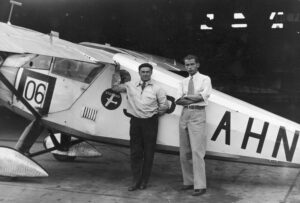
In the end, the best Polish team won, receiving a total of 461 points and defeating the favored Germans, who took the next three places. The competition was fierce until the end. The second place team scored 458 points. Polish Aviation Day takes place on 28 August in memory of the success of Żwirko and Wigura. The duo’s compatriots were proud and appreciated their achievements, which were much needed in a country that had regained independence less than fifteen years earlier. As many as 100,000 people came to greet the heroes when they returned to the airport in Warsaw’s Mokotów district. Never in Polish history had any record holder or athlete been greeted with such great numbers and enthusiasm after returning to Poland.
The victory was celebrated in specialist aviation periodicals. The Polish press called Żwirko “the Wołodyjowski of our aviation”, and a French correspondent from Warsaw announced “the end of the fairy tale about the advantage of German technology.” Both the strengths of the aviators and the RWD-6 aircraft itself were emphasized, and, according to experts, set the direction for the construction of sports and tourist machines in the 1930s.
Tenth place in the Berlin competition was taken by Captain Jerzy Bajan, also one of the monumental figures of Polish aviation, and the winner of a later Challenge event organized in 1934 in Warsaw (during which he competed in the RWD-9). During the interwar period, four competitions of this type were organized in total. Żwirko’s and Bajan’s successes confirmed Poland’s leading position in aviation. The country clearly had both great pilots and aircraft constructors.
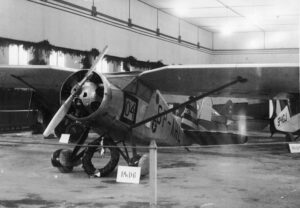
***
On 11 September 1932, the winners from Berlin flew from Warsaw to meet their Czech friends. Near the border, the weather began to deteriorate rapidly. The RWD-6 plane was already in Czechoslovakia when, due to strong winds, the pilot tried to turn back to wait in a quieter place. At that moment, as described by Henryk Żwirko in his father’s biography, “suddenly the wing detached, the engine stopped and small, silvery flakes fell from the sky. The debris of the plane hit two towering spruce trees on the edge of a grove (…). Gendarmes and soldiers arrived at the crash site. The bodies of both airmen were taken to the cemetery chapel next to the church on an ordinary wagon layered with straw.” The funeral began in Czechoslovakia, and then a special train with the bodies left for Warsaw from Cieszyn. On 16 September 1932, Marshal Józef Piłsudski and President Ignacy Mościcki took part in the funeral ceremonies. The coffins were covered with national flags. The funeral procession numbered at least 200,000.
Author: Piotr Bejrowski
Translation: Alicja Rose & Jessica Sirotin

